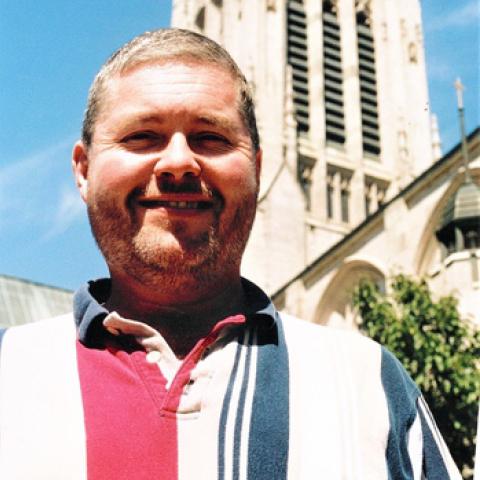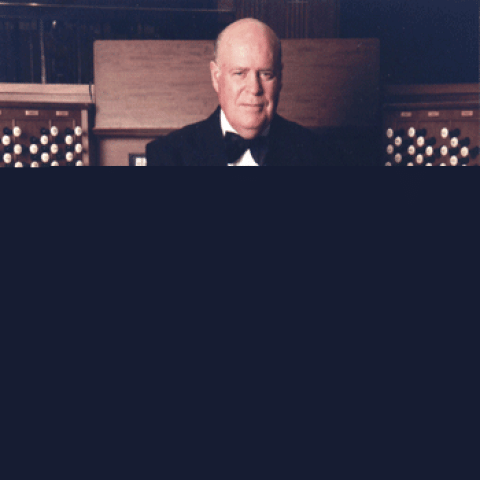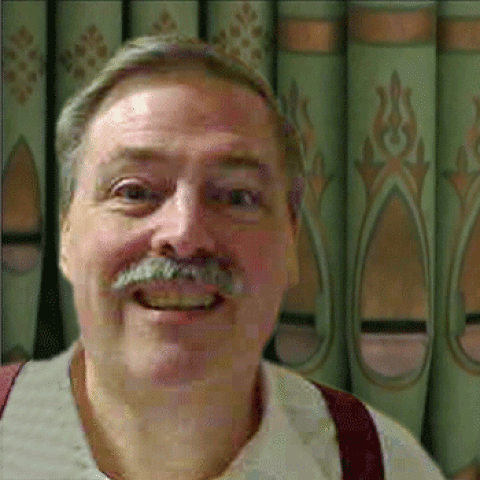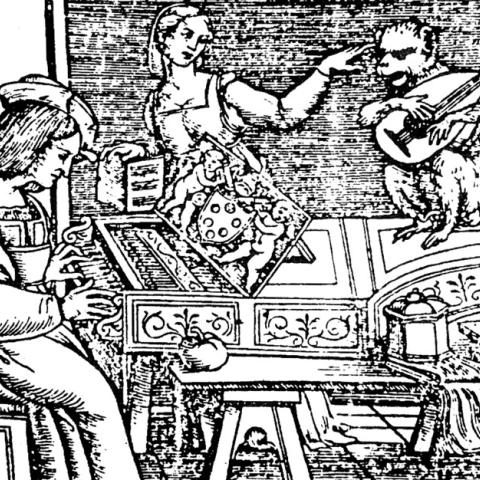
Liuwe Tamminga, 68, died April 28. He was born September 25, 1953, in Hemelum, the Netherlands. Having studied at the conservatory of Groningen, he then went to Paris to study with André Isoir at the organ of the abbey of Saint-Germain-des-Prés. Thereafter, he relocated to Italy to tutor with Luigi Ferdinando Tagliavini, with whom he began a thirty-year collaboration working with historic instruments.
From 1982 until his death, he served as organist of the Basilica of San Petronio, Bologna, Italy, which houses historic organs by Lorenzo da Prato (1471–1475) and Baldassarre Malamini (1596). For much of his time at this church, he shared his duties with Tagliavini, who died in 2017. Tamminga was noted for his performances of early Italian music on organ and harpsichord. He played and presented masterclasses throughout Europe and abroad, including the Academy for Italian Organ Music at Pistoia, Italy, and the Haarlem Summer Academy for Organists, Haarlem, the Netherlands. He was a collaborative musician with ensembles such as Odhecaton and Concerto Palatino.
Tamminga served as curator of the Tagliavini collection of instruments acquired in 2010 by Genus Bononiae in the Museum of San Colombano, Bologna. The collection includes organs, harpsichords, clavichords, pianos, and automated instruments from the sixteenth through nineteenth centuries. As a musicologist, he edited publications of the music of Marco Antonio Cavazzoni, Jacques Buus, and others. His numerous recordings from 1991 through 2017 include two compact discs of the organ works of Giacomo Puccini. Other recordings featured works of Frescobaldi, Mozart, Palestrina, Cavazzoni, and Giovanni Gabrieli.
Other recent obituaries:







